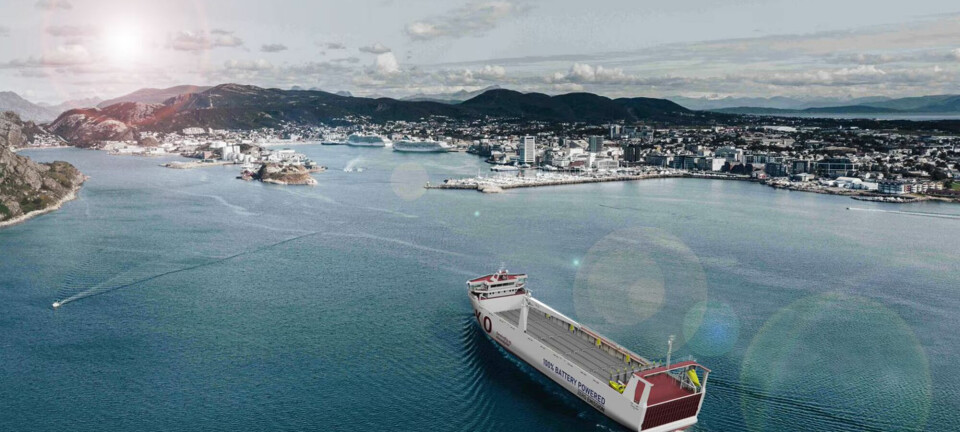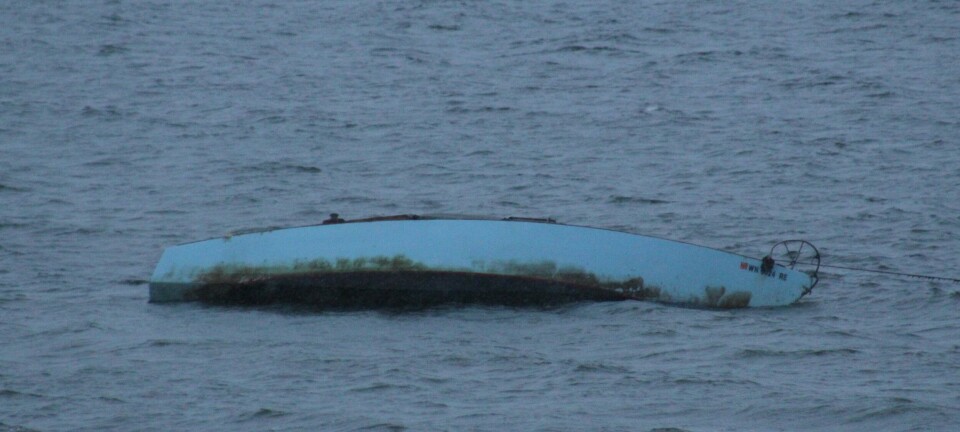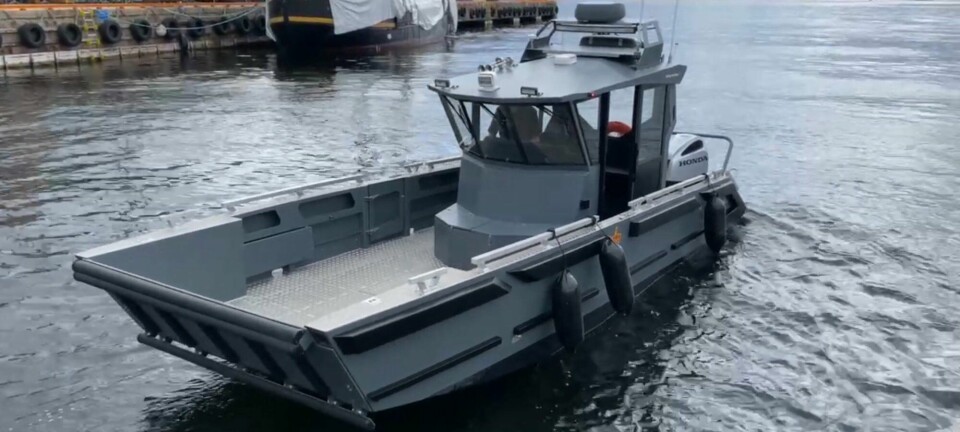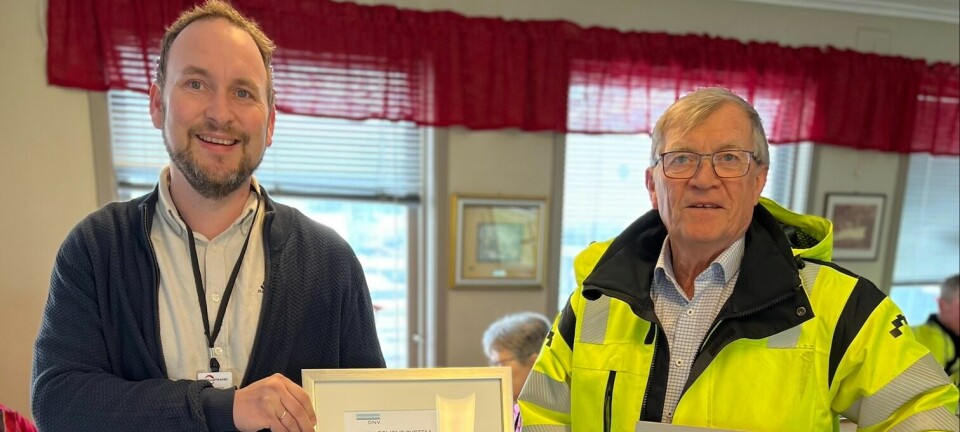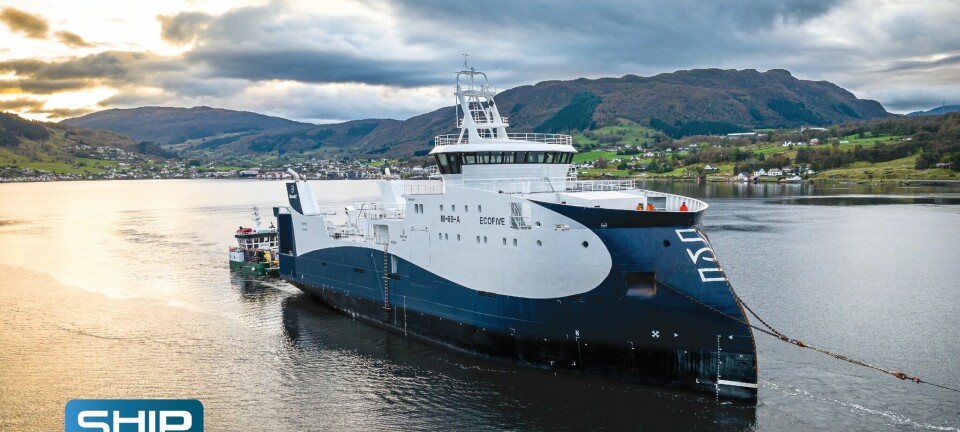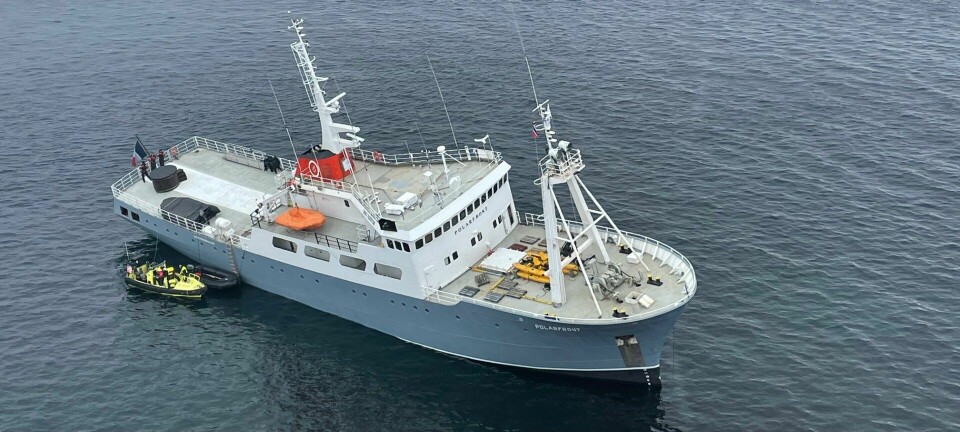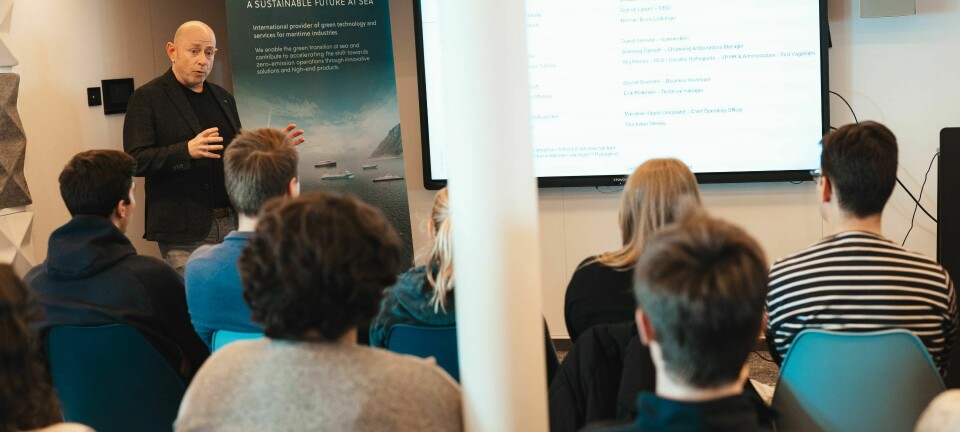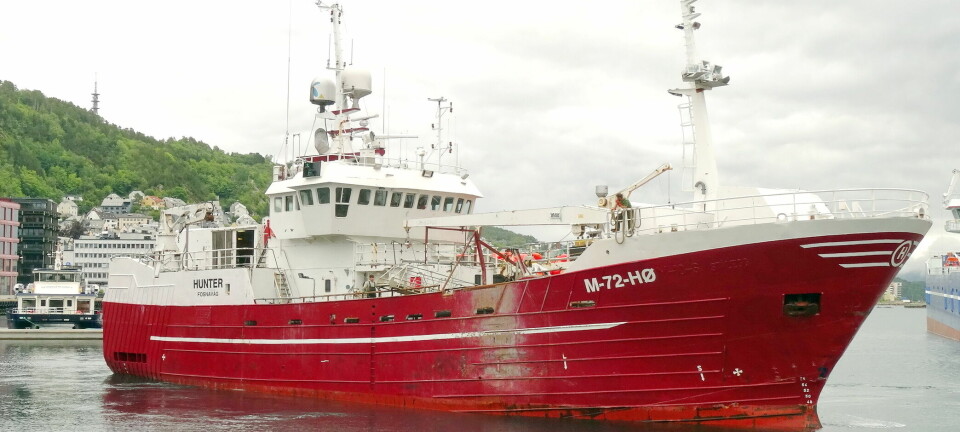
Offshore challenge for U.S. wind power
The US became the leader in installed wind power in 2008, when national investment in new energy capacity hit $24 billion. The US American Recovery and Reinvestment Act of 2009 continued the renewables momentum, specifying more than $70 billion in direct spending and tax credits for clean energy and associated transportation programs. As 2010 began, the United States had 23 wind farms in place, 57 more under construction and, more significantly, an articulated vision of where wind energy could be taken.
Denne artikkelen er tre år eller eldre.
That vision was expressed in 20% Wind Energy by 2030, a report published in July 2008 by the US Department of Energy. Known as the 20 by 30 Report, it analyzes the promises and challenges of realizing an energy scenario in which wind generation provides 20 percent of US electricity by 2030. Its “20 percent wind scenario” calls for the installation of over 300 GW wind energy capacity in 20 years, more than twice the current world total. Of that, the report envisions 54 GW coming from offshore wind farms.
Offshore challenge
There are currently no offshore wind farms in US waters which makes the 20 percent wind scenario seem quite the ambitious goal. The report’s authors acknowledge as much, but conclude that the Scenario could be feasible if its technical challenges can be overcome. The Department of Energy (DoE) has undertaken that technological development through its Wind and Hydropower Technologies Program, which works with industry partners to increase the performance and reliability of large wind technologies while lowering the cost of wind energy. The Department reports that, between 1998 and 2007, its research efforts helped increase average turbine capacity factor (a measure of productivity) from 28 to 35 percent of nameplate output. In addition, the wind program has helped develop improved turbine components, improved blade materials and even some commercially successful turbine units, including a 1.5-MW design for GE Wind Energy and a 2.5-MW design for Clipper Windpower.
Last year saw some important legislative hurdles cleared that brought offshore wind farms a few serious steps closer towards reality. In early 2009, the US Minerals Management Service (MMS), which governs development of resources in Federal waters, achieved a memorandum of understanding with the Federal Energy Regulatory Commission (FERC, the other US energy project siting authority). Under the agreement, MMS became the lead agency for offshore wind projects and FERC the lead agency for offshore hydrokinetics. In April the MMS released its Final Rule for permitting offshore wind projects and in June issued leases for data collection at five proposed wind farm sites offshore New Jersey and Delaware. The meteorological testing towers for these new sites are scheduled to go up this year. MMS then began moving towards issuing Requests for Interest in offshore wind projects from other states, the first of which are expected to go out to East Coast states during 2010. For the sector’s trade association, the American Wind Energy Association (AWEA), these achievements are true mile-stone moments.
– It was absolutely huge to have the MMS rule come out; we waited years for it, says Jennifer Banks, AWEA’s Offshore Wind and Siting Specialist. – We’re in a really good place now, because we have a lot of support from the Administration, particularly from President Obama and Secretary Salazar (Department of Interior). There are still things that need to be addressed in order to realize the full potential of offshore wind, but with the rules now in place the outlook is very promising. There is still a lot more to do, but we are very excited at how far we’ve come.
Founded in 1974 during the country’s first Energy’s Crisis, AWEA has been patiently waging its campaign of awareness, advocacy and assistance to the US wind sector for 35 years. The perseverance is now paying off, as the association’s membership, which ranges broadly from parts manufacturers to service providers, has hit an all-time high of 2,500. AWEA provides a sort of consultancy to its members through outreach programs that extend from legislative guidance to R&D support. Recently approved by the American National Standards Institute (ANSI) to develop US wind power standards, AWEA has also begun an evolution from trade association to standards authority, much like the American Petroleum Institute did during the 1970s.
– Members come to us with issues they are facing – for example, in the permitting realm – and ask us for guidance, says Banks. – For offshore wind in particular, we do a lot of work on the legislative front. We also interact with the Department of Energy.
